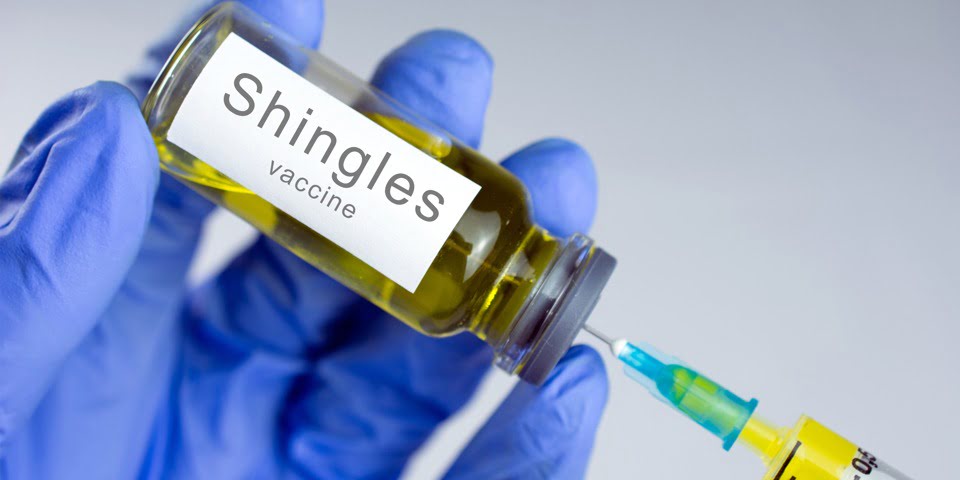Funding and eligibility for the free Shingrix under the National Immunisation Program (NIP) has expanded. New data from the National Centre for Immunisation Research and Surveillance (NCIRS) has revealed that a record number of people are getting their shingles vaccinations.
The high rate of vaccination uptake follows the replacement of the Zostavax vaccine with the Shingrix vaccine to prevent shingles. Shingrix had only been available since 2021 for purchase on the private market.
Associate Professor Frank Beard – Associate Director, Surveillance, Coverage, Evaluation and Social Science, NCIRS – stated, ‘This rapid uptake is likely due to Shingrix being available to more people under expanded NIP eligibility – and better, longer-lasting effectiveness compared to Zostavax.’
Assoc. Prof. Beard said, ‘Shingrix is more than 90 per cent protective over a 3-year period in people aged 50 years and over. Zostavax is 70 per cent protective in people aged 50–59 years but only 41 per cent protective in those aged 70–79 and 18 per cent protective in those aged 80 and over. The effectiveness also lasts longer with Shingrix – with more than 80 per cent protection after 8 years compared to 30 per cent for Zostavax.’
‘Another key benefit of Shingrix is that it can be used safely in both healthy and immunocompromised people – unlike Zostavax, which should not be given to immunocompromised people due to serious and potentially life-threatening risks,’ Assoc. Prof. Beard added.
‘While minor side effects are a bit more common with Shingrix than Zostavax, Shingrix is safer overall and more effective – and the rapid uptake of the vaccine shows Australians and healthcare professionals are confident in its value.’
Safety data published by AusVaxSafety have shown more than half of Shingrix vaccine recipients (52.3 per cent) experienced no side effects in the first three days following vaccination.
Among those who did experience a side effect, local reaction (mainly pain, swelling and redness at the injection site) was the most common, followed by fatigue, muscle/joint pain and headache. These reactions are generally short-lived and go away without treatment, with most resolving within a couple of days.









